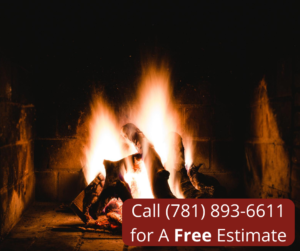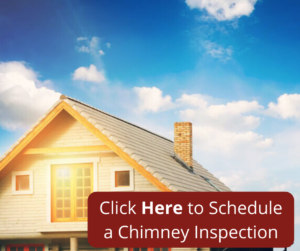Does Your Fireplace Smell in the Summer? Here is What to Do About It.
It’s the middle of the New England summer, and you probably have not thought much about your chimney. That is until you went to sit near your fireplace and noticed a musty, smoky odor.
 Offensive odors permeating from the chimney can linger through the whole house. It is one of the biggest complaints that we hear from customers during the summer months. Installing air fresheners only masks the problem. And when it gets hot outside, closing the windows and turning on the air conditioning will intensify the smell. To eliminate the problem, it must be done from the source and usually includes a thorough chimney cleaning.
Offensive odors permeating from the chimney can linger through the whole house. It is one of the biggest complaints that we hear from customers during the summer months. Installing air fresheners only masks the problem. And when it gets hot outside, closing the windows and turning on the air conditioning will intensify the smell. To eliminate the problem, it must be done from the source and usually includes a thorough chimney cleaning.
All chimneys produce a small odor. It’s not always noticeable due to a natural updraft which allows air to be pushed out through the chimney. This typically eliminates a foul aroma by moving the air outside. As energy efficient updates happen throughout the home, draft issues can become a problem. This will result in trapped or stagnant air within the chimney or even a draw back into the living space. As heat and humidity rise, smells will intensify, making your living situation quite unbearable. Here are some simple solutions to eliminate foul odors.
What to Do if your Fireplace Smells in the Summer
The easiest step is to hire a professional chimney technician to perform an annual chimney sweeping and safety inspection. During the sweeping process, creosote and debris will be removed, giving your chimney more draft space to allow the odor to escape. A chimney sweeping, however, is not always 100% effective.
If the foul odor remains, it could be that your home has negative air pressure. Try closing the damper when the fireplace is not in use. Another solution is installing glass fireplace doors that will help control air pressure. Glass fireproof doors will reduce the smell from permeating throughout the house.
 Clean the fireplace itself. You don’t have to remove ashes after every fire but do shovel them out at the end of the season and place in a non-flammable container. Wear a disposable breathing mask to avoid inhaling particles.
Clean the fireplace itself. You don’t have to remove ashes after every fire but do shovel them out at the end of the season and place in a non-flammable container. Wear a disposable breathing mask to avoid inhaling particles.
Deodorize. Vinegar is excellent for removing a smoky smell, whether from cigarettes or fireplace residue. Spray the inside of the fireplace with a 1:1 blend of vinegar and water. For extra protection, set a few open bowls of vinegar around the room to freshen the atmosphere. Alternatively, place a bucket of charcoal or kitty litter in the fireplace to absorb the odor. Commercial fireplace deodorizers are also available.
Close the flue (the damper). This should be done whenever you are not actively using the fireplace to reduce odors and to keep cooled – or heated in winter – air inside your home. Ensure that damper has a tight seal and is top-mounted, with a chain to control its opening and closing.
Put a cap on the chimney to keep out precipitation. A benefit of this move is that it will stop birds and other creatures from turning your chimney into their nesting spot.
Summer is the best time to schedule your annual chimney cleaning and safety inspection. Chimney companies’ busiest seasons are during the fall and spring months, making appointments difficult to schedule on your time. During the off-season, schedules become more flexible with better appointment times that fit your calendar.
Contact Boston Best Chimney today to schedule your annual chimney cleaning and safety inspection!
The post Does Your Fireplace Smell in the Summer? Here is What to Do About It. appeared first on Boston's Best Chimney.



 Types of Chimney Cap Materials
Types of Chimney Cap Materials

 Chimney cracks let in water
Chimney cracks let in water Minor cracks often can be sealed with a waterproof coating to keep water from getting into the spaces.
Minor cracks often can be sealed with a waterproof coating to keep water from getting into the spaces. Remove chimney stains
Remove chimney stains
